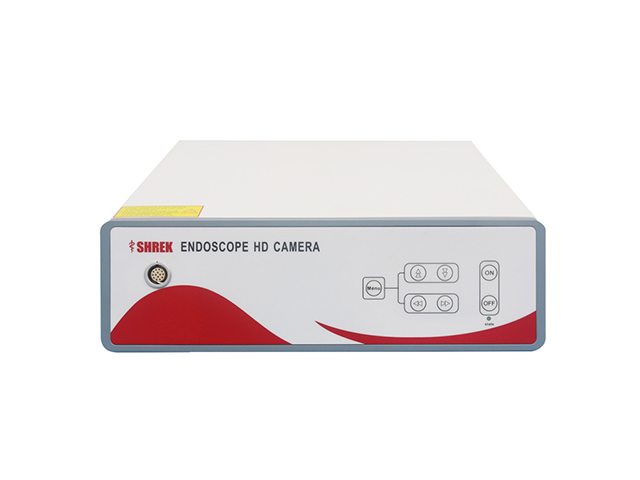SHREK NEWS
Common faults and precautions of endoscope camera
Here are some common faults and precautions of endoscope cameras:
Common faults:
Image distortion or discoloration: This can be caused by a damaged or dirty lens, or a damaged image sensor.
Poor image quality: This can be caused by a damaged or dirty lens, a damaged image sensor, or a malfunctioning light source.
Broken or damaged cable: The cable connecting the camera to the control unit can become damaged over time or through improper handling, resulting in loss of image signal or other issues.
Moisture or water damage: Moisture or water can damage the camera or the cable, resulting in malfunctioning or total failure of the camera system.
Power supply issues: Problems with the power supply or battery can cause the camera system to malfunction or fail to operate.
Precautions:
Proper handling: Endoscope cameras should be handled with care and kept clean and dry to prevent damage or malfunctioning.
Regular maintenance: Regular maintenance and cleaning of the camera system can help prevent issues caused by dirt, debris, or other contaminants.
Avoiding excessive force: Excessive force or pressure on the camera or cable can cause damage, so it is important to use the camera system carefully and with the appropriate level of force.
Proper storage: The camera system should be stored in a cool, dry place to prevent moisture or water damage.
Using only approved accessories: Using only approved accessories and cables can help prevent damage or malfunctioning of the camera system.
Regular calibration and inspection: Regular calibration and inspection of the camera system can help prevent issues caused by wear and tear or other factors.
Following manufacturer guidelines: Following the manufacturer's guidelines for use and maintenance of the camera system can help prevent issues and prolong the life of the system.




